
13 minute read
TUNING
STARTING AND BREAK-IN ..........................................................................1-24 FUEL........................................................................................................1-24 HANDLING NOTE....................................................................................1-24 AIR FILTER MAINTENANCE...................................................................1-24 STARTING A COLD ENGINE..................................................................1-24 STARTING A WARM ENGINE.................................................................1-26 BREAK-IN PROCEDURES......................................................................1-26
MAINTENANCE AFTER BREAK-IN ..............................................................1-27 MAJOR MAINTENANCE..........................................................................1-27
TORQUE-CHECK POINTS ............................................................................1-28
MOTORCYCLE CARE AND STORAGE........................................................1-30 CARE........................................................................................................1-30 STORAGE................................................................................................1-31
EASB291008 LOCATION OF IMPORTANT LABELS
Please read the following important labels carefully before operating this vehicle.
1,2,34,5,6 7,8 9,10,11
CAN
13 12
EUR
AUS, NZL, ZAF
EASB291009 DESCRIPTION
1 2
8910 7 65 43
13
12111817161514
1. Clutch lever10. Radiator 2. Front brake lever11. Coolant drain bolt 3. Throttle grip12. Rear brake pedal 4. Start switch13. Air filter 5. Radiator cap14. Drive chain 6. Fuel tank cap15. Shift pedal 7. Engine stop switch16. Oil level check window 8. Fuel tank17. Starter knob/idle screw 9. Kickstarter lever18. Front fork
TIP
Designs and specifications of the vehicle are subject to change without notice. Therefore, please note that the descriptions in this manual may be different from those for the vehicle you have purchased.
EASB291010 IDENTIFICATION
There are two significant reasons for knowing the serial number of your vehicle: 1.When ordering parts, you can give the number to your Yamaha dealer for positive identification of the model you own. 2.If your vehicle is stolen, the authorities will need the number to search for and identify your vehicle. EASB291011 VEHICLE IDENTIFICATION NUMBER The vehicle identification number “1” is stamped into the right side of the frame.
1
EASB291012 ENGINE SERIAL NUMBER The engine serial number “1” is stamped into the elevated part of the right-side of the engine.
1
EAS20170 FEATURES EASB291013 OUTLINE OF THE FI SYSTEM The main function of a fuel supply system is to provide fuel to the combustion chamber at the optimum air-fuel ratio in accordance with the engine operating conditions and the atmospheric temperature. In the conventional carburetor system, the air-fuel ratio of the mixture to be supplied to the combustion chamber is determined by the amount of intake air and fuel that is measured on the basis of the jets to be used in the carburetor. Despite the same amount of intake air, the fuel amount requirement varies with the engine operating conditions (acceleration, deceleration, and operation under a heavy load). The carburetor that measures fuel through the use of jets are provided with various auxiliary devices, so that the optimum air fuel ratio can be obtained to accommodate frequent changes in the operating conditions of the engine. This model has adopted an electronically controlled fuel injection (FI) system, in place of the conventional carburetor system. This system can obtain the optimum air-fuel ratio required by the engine at all times by using a microprocessor that regulates the fuel injection amount according to the engine operating conditions detected by various sensors.
123 4 5 6 7
1.Fuel injector 2.Throttle position sensor 3.Intake air pressure sensor 4.Intake air temperature sensor 5.ECU 6.Fuel pump 7.Battery 8.Lean angle sensor 9.Crankshaft position sensor 10.Coolant temperature sensor 11.Ignition coil
11 10 9 8
EASB291014 FI SYSTEM The fuel pump delivers fuel to the fuel injector via the fuel filter. The pressure regulator maintains the fuel pressure that is applied to the fuel injector at only 324 kPa (3.24 kgf/cm2, 47.0 psi). Accordingly, when the energizing signal from the ECU energizes the fuel injector, the fuel passage opens, causing the fuel to be injected into the intake manifold only during the time the passage remains open. Therefore, the longer the length of time the fuel injector is energized (injection duration), the greater the volume of fuel that is supplied. Conversely, the shorter the length of time the fuel injector is energized (injection duration), the lesser the volume of fuel that is supplied. The injection duration and the injection timing are controlled by the ECU. Signals input from the throttle position sensor, the coolant temperature sensor, the crankshaft position sensor, the intake air pressure sensor, and the intake air temperature sensor enable the ECU to determine the injection duration. The injection timing is determined through the signals from the crankshaft position sensor. As a result, the volume of fuel that is required by the engine can be supplied at all times in accordance with the driving conditions.
C 1 3 2
10
8 A
B 9
7
5
1.Fuel pump 2.Fuel injector 3.ECU 4.Throttle position sensor 5.Coolant temperature sensor 6.Crankshaft position sensor 7.Intake air pressure sensor 8.Throttle body 9.Intake air temperature sensor 10.Air filter case A.Fuel system B.Intake system C.Control system
4
6
EASB291015 INCLUDED PARTS
EASB291016 SPARK PLUG WRENCH The spark plug wrench “1” is used to remove or install the spark plug.
1
1
EASB291017 NIPPLE WRENCH The nipple wrench “1” is used to tighten the spoke.
EASB291018 HANDLEBAR PROTECTOR Install the handlebar protector “1” with the mark “a” facing forward.
a
EASB291019
1
FUEL HOSE JOINT COVER
The fuel hose joint covers “1” are used to prevent mud, dust, and other foreign materials from entering the inside when the fuel hose is disconnected.
1
EASB291020 COUPLER FOR CONNECTING OPTIONAL
PART
The coupler “1” is used for connecting the optional Power Tuner and so on.
ECA1DX1002
NOTICE When no optional parts, etc. are connected, connect the connection terminal to the original coupler. Before disconnecting the coupler, thoroughly wipe off any mud or water stuck to it.
1
Part namePart number
GYTR Power Tuner 33D-H59C0-V0-00 (For USA)
YZ Power Tuner 33D-859C0-10 (Except for USA) The Power Tuner is an optional part.
EAS20180 IMPORTANT INFORMATION
EASB291021 PREPARATION FOR REMOVAL AND DIS-
ASSEMBLY
1.Before the jobs, completely remove mud, dust, and the like in order to prevent the entry of them into the inside during the jobs.
•Before cleaning with high-pressure water of washers, cover the following parts.
Air duct
Silencer exhaust port
Drain hole on the cylinder head (right side)
Hole under the water pump housing
2.Use proper special tools and equipment.
See “SPECIAL TOOLS”. 3.During disassembly, check and measure the required parts, and make a record of them so that you may refer to the record when installing them. Moreover, arrange gears, cylinders, pistons, and other parts for each section so as not to confuse or lose them. 4.During disassembly, clean each of the parts, and store them in trays for each section. 5.Flammable. Keep servicing areas away from any source of fire. 6. During servicing, take special care not to receive an injury or a burn on the engine, the exhaust pipe, the silencer, or the like. 7.If coolant is left adhered to the chassis, paint and plating will be damaged. Therefore, rinse it out with water in good time.
EWA
WARNING Coolant is potentially harmful and should be handled with special care. •If it enters your eyes, wash it away with water enough and then get medical attention •If it splashes on your skin or clothes, quickly wash it away with water and then with soapy water. •If it is swallowed, immediately induce vomiting and get medical attention.
EASB291022 REPLACEMENT PARTS Make sure that the parts and grease or oil to be used for repair of the vehicle, including periodic replacement parts, are new YAMAHA genuine parts and recommended parts. Do not use any used parts, because these may not be genuine though they have similar appearances or because the quality may be
changed by aging.
EASB291023 GASKETS, OIL SEALS AND O-RINGS 1.When overhauling the engine, replace all gaskets and O-rings. All gasket surfaces, oil seal lips, and O-rings must be cleaned so that there may be no dust on them. 2.During assembly, always apply proper oil to bearings and proper grease to oil seal lips before installation.
1.Oil 2.Lip 3.Spring 4.Grease
EASB291024 LOCK WASHERS/PLATES AND COTTER
PINS
After removal, replace lock washers/plates “1” and cotter pins with new ones. After the bolt or nut has been tightened to specification, firmly bend the lock tabs along a flat of the bolt or nut. EASB291025 BEARINGS AND OIL SEALS Install bearings “1” and oil seals “2” with their manufacturer’s marks or size symbols facing outward. During installation of an oil seal, make sure that its main lip faces the oil chamber (the target to be sealed). Before installation, always apply a light coat of grease to the oil seal lip. ECA13300
NOTICE Do not spin the bearing with compressed air because this will damage the bearing surfaces.
EASB291026 CIRCLIPS When assembling parts, always use new circlips. During installation of a circlip, make sure that the edge “2” of the circlip “1” is positioned opposite to the force “3” that the circlip receives. Install the circlip with its end aligned with the center of the spline, without opening
the circlip more than necessary.
EASB291027 BASIC SERVICE INFORMATION
EASB291028 ELECTRICAL SYSTEM
Electrical parts handling
ECA16600
NOTICE Never disconnect a battery lead while the engine is running; otherwise, the electrical components could be damaged.
ECA16751
NOTICE When disconnecting the battery leads from the battery, be sure to disconnect the negative battery lead first, then the positive battery lead. If the positive battery lead is disconnected first and a tool or similar item contacts the vehicle, a spark could be generated, which is extremely dangerous. TIP
If a battery lead is difficult to disconnect due to rust on the battery terminal, remove the rust using hot water.
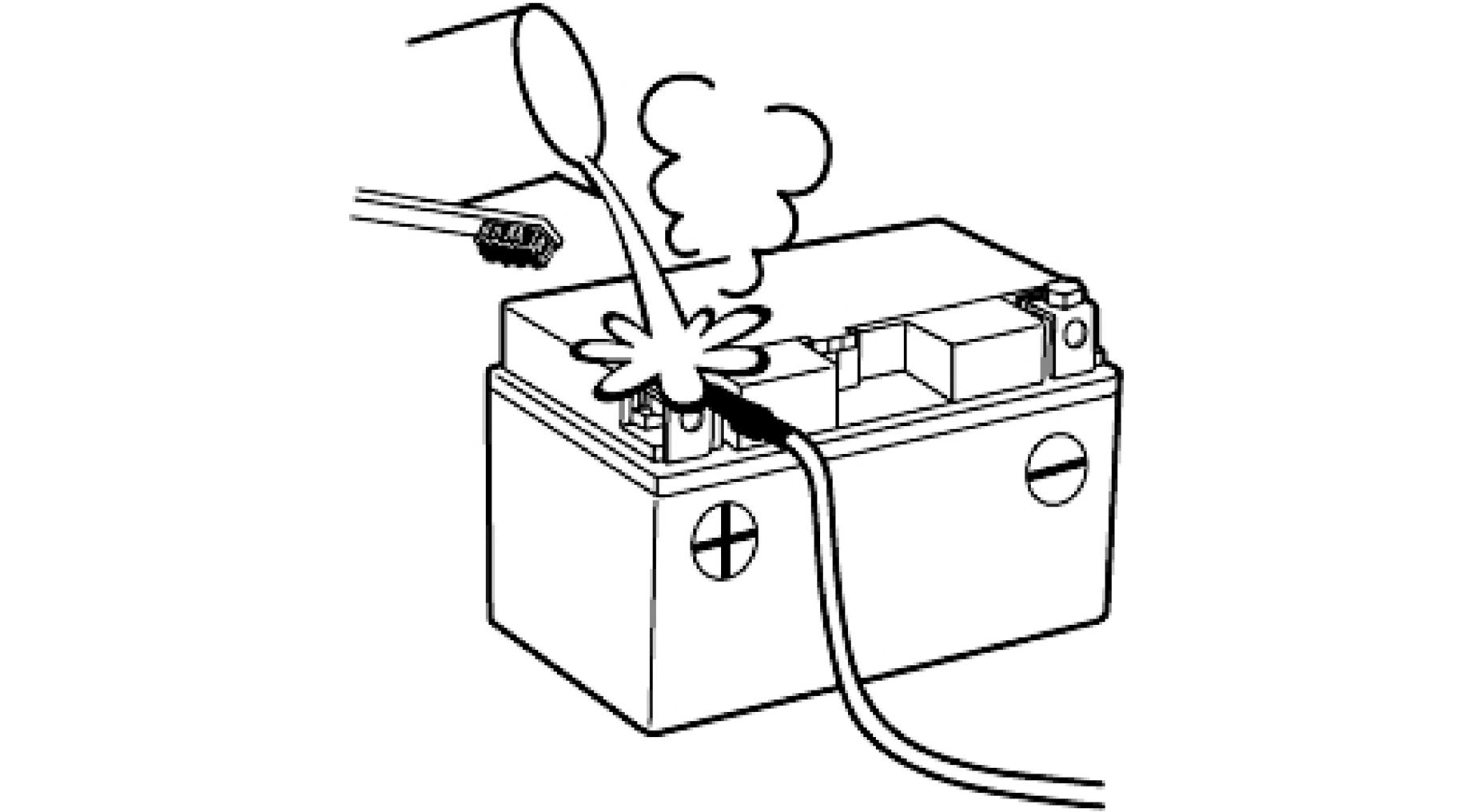
ECA16760
NOTICE Be sure to connect the battery leads to the correct battery terminals. Reversing the battery lead connections could damage the
electrical components.
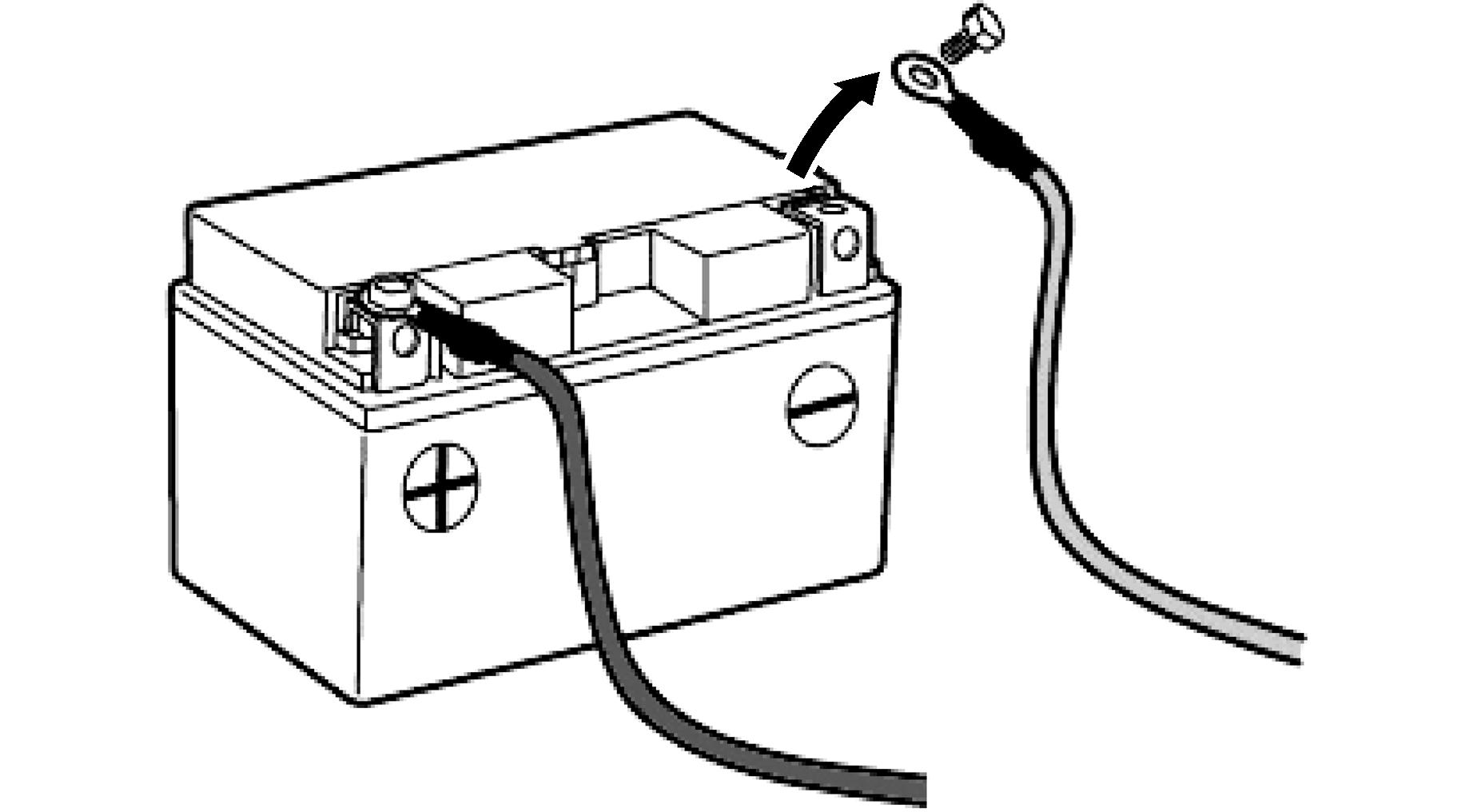
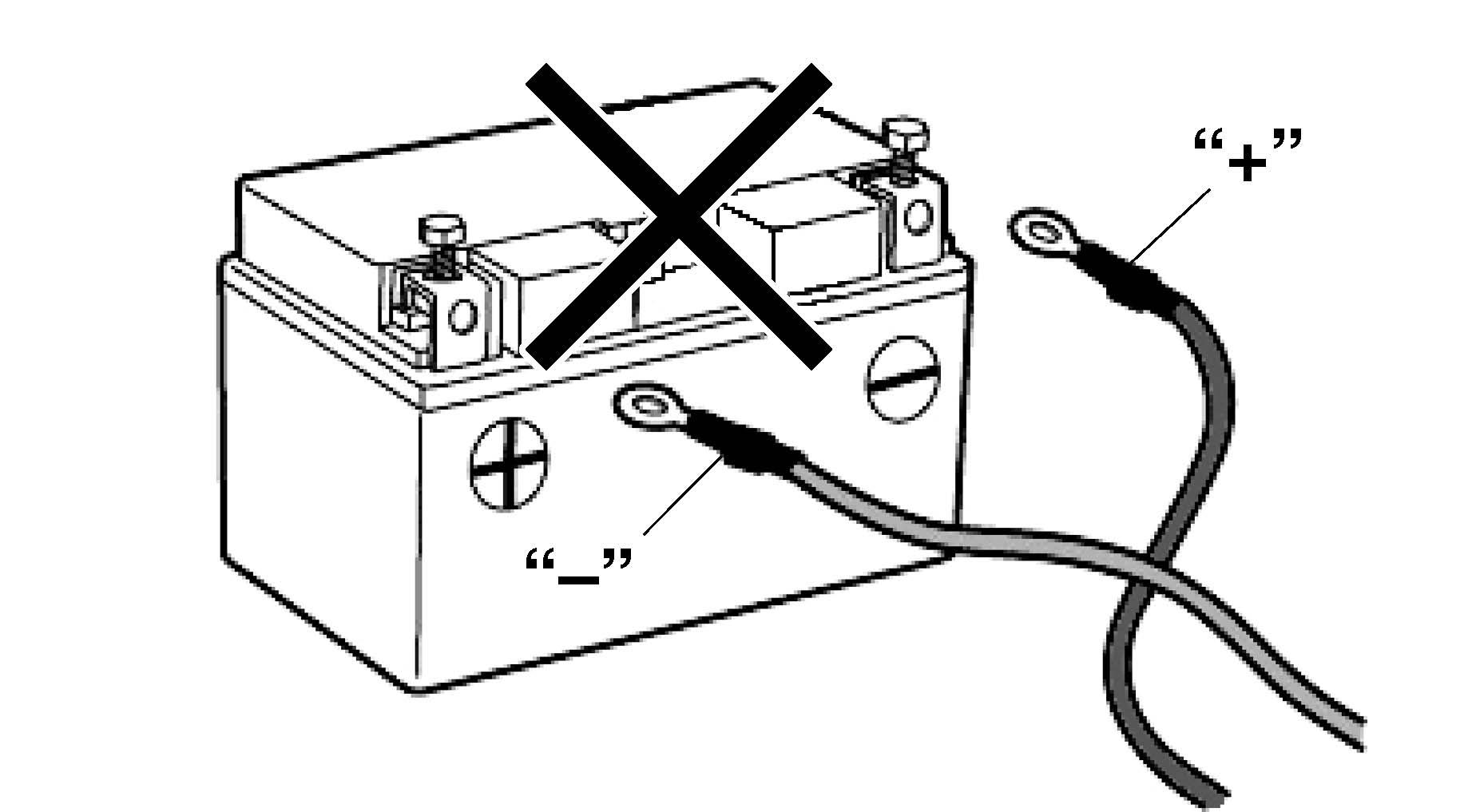
ECA16771
NOTICE When connecting the battery leads to the battery, be sure to connect the positive battery lead first, then the negative battery lead. If the negative battery lead is connected first and a tool or similar item contacts the vehicle while the positive battery lead is being connected, a spark could be generat-
ed, which is extremely dangerous.
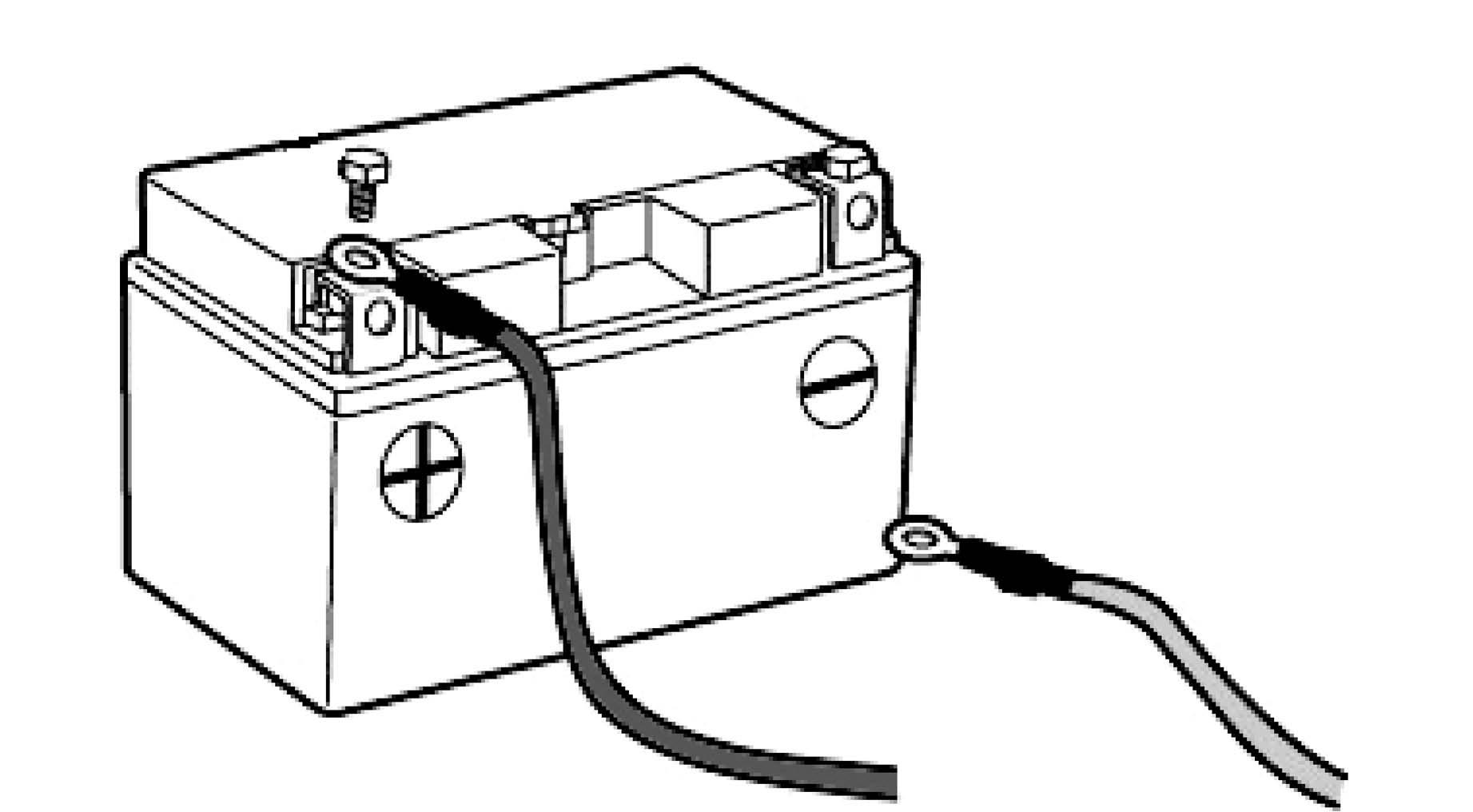
ECA2GB1003
NOTICE Make sure that the engine is stopped after pushing and holding the engine stop switch before disconnecting or connecting any electrical components.
ECA16620
NOTICE Handle electrical components with special care, and do not subject them to strong shocks.
ECA16630
NOTICE Electrical components are very sensitive to and can be damaged by static electricity. Therefore, never touch the terminals and be sure to keep the contacts clean. TIP
Push and hold the engine stop switch to turn off the engine when resetting the ECU (Electronic Control Unit). Disconnect the starter motor lead of the starter relay, and then push the starter switch. Be sure to wait for five seconds or longer before pushing the start switch after the engine is stopped.
Checking the electrical system TIP
Before checking the electrical system, make
sure that the battery voltage is at least 12 V.
ECA14371
NOTICE Never insert the tester probes into the coupler terminal slots. Always insert the probes from the opposite end “a” of the coupler, taking care not to loosen or damage the leads.
a
ECA16640
NOTICE For waterproof couplers, never insert the tester probes directly into the coupler. When performing any checks using a waterproof coupler, use the specified test harness or a suitable commercially available test harness.
Checking the connections
Check the leads, couplers, and connectors for stains, rust, moisture, etc. 1.Disconnect: •Lead •Coupler •Connector ECA16780
NOTICE •When disconnecting a coupler, release the coupler lock, hold both sections of the coupler, and then disconnect the coupler. •There are many types of coupler locks; therefore, be sure to check the type of coupler lock before disconnecting the coupler.
ECA16790
NOTICE When disconnecting a connector, do not pull the leads. Hold both sections of the connector, and then disconnect the connector.
2.Check: •Lead •Coupler •Connector
Moisture Dry with compressed air.
Rust/stains Connect and disconnect sev-
eral times.
3.Check: •All connections
Loose connection Connect properly.
TIP
•If the pin “1” on the terminal is flattened, bend it up. •After disassembling or assembling a coupler, pull on the leads to make sure that they are in-
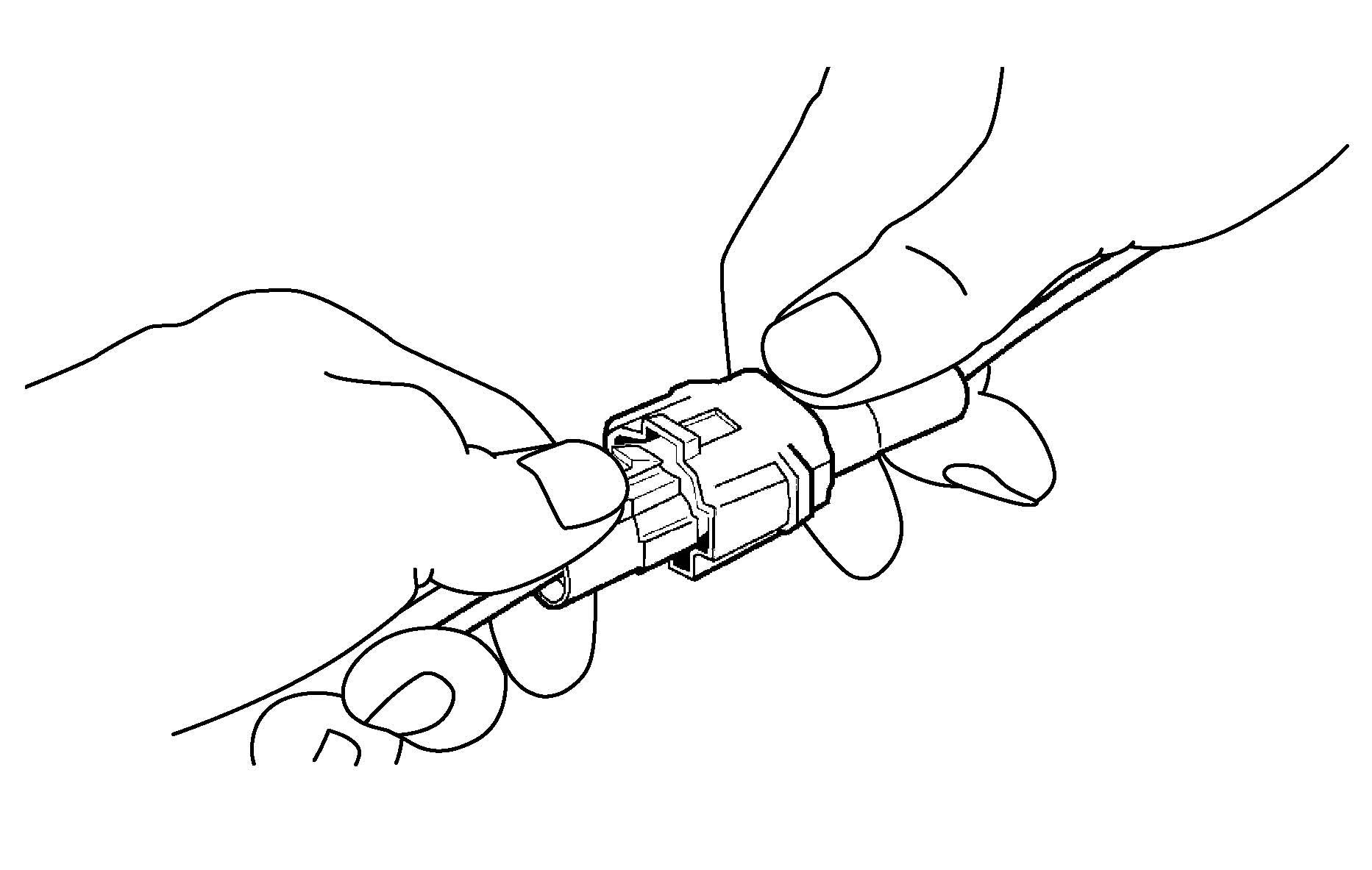
stalled securely.
1
4.Connect: •Lead •Coupler •Connector
TIP
•When connecting a coupler or connector, make sure that both terminals are connected securely. •Make sure all connections are tight.
5.Check: •No continuity
Pocket tester 90890-03132 Analog pocket tester
YU-03112-C
TIP
•If there is no continuity, clean the terminals. •When checking the wire harness, perform steps (1) to (4). •As a quick remedy, use a contact revitalizer available at most part stores.
EASB291029 SPECIAL TOOLS
The following special tools are required for accurate and complete adjustment and assembly. Using the correct special tool will help prevent damage caused by the use of improper tools or improvised techniques. The shape and tool number used for the special tool differ by country, so two types are provided. Refer to the list provided to avoid errors when placing an order.
TIP
•For U.S.A. and Canada, use tool number starting with “YM-”, “YU-”, or “ACC-”. •For others, use tool number starting with “90890-”.
Tool name/Part numberHow to useIllustration
Dial gauge & stand set This tool is used to check 90890-01252 parts for runout or bend. Dial gauge set YU-03097-B
Crankshaft installer pot 90890-01274 Installing pot YU-90058 This tool is used to install the crankshaft.
Crankshaft installer bolt 90890-01275 Bolts YU-90060
Adapter (M12) 90890-01278 Adapter #3 YU-90063
Piston pin puller set 90890-01304 Piston pin puller YU-01304 This tool is used to install the crankshaft.
This tool is used to install the crankshaft.
This tool is used to remove the piston pin.
Tool name/Part numberHow to useIllustration
Radiator cap tester This tool is used to check the 90890-01325 radiator and the radiator cap. Mityvac cooling system tester kit YU-24460-A
Radiator cap tester adapter 90890-01352 Pressure tester adapter YU-33984 This tool is used to check the radiator and the radiator cap.
Steering nut wrench 90890-01403 Exhaust flange nut wrench YU-A9472
Cap bolt wrench 90890-01500 YM-01500
Cap bolt ring wrench 90890-01501 YM-01501 This tool is used to remove or tighten the steering nut.
This tool is used to remove or tighten the base valve.
This tool is used to loosen or tighten the damper assembly.
Fork seal driver 90890-01502 YM-A0948 This tool is used to install the oil seal of the front fork.
Spoke nipple wrench (6–7) 90890-01521 YM-01521 This tool is used to tighten the spoke.
Tool name/Part numberHow to useIllustration
Pocket tester This tool is used to measure 90890-03112 the voltage, current, and reAnalog pocket tester sistance of electrical compoYU-03112-C nents.
Timing light 90890-03141 YU-03141 This tool is used to measure the ignition timing.
Pressure gauge 90890-03153 YU-03153 This tool is used to measure the fuel pressure.
Fuel pressure adapter 90890-03186 YM-03186 This tool is used to mount the pressure gauge.
Test harness S-pressure sensor (3P) 90890-03207 YU-03207 This tool is used to check the throttle position sensor input voltage.
Test harness-lean angle sensor (6P) 90890-03209 YU-03209 This tool is used to check the lean angle sensor output voltage.
FI diagnostic tool sub-lead 90890-03212 YU-03212 This tool is used to connect the Yamaha diagnostic tool to a battery.
Yamaha diagnostic tool 90890-03231 Yamaha diagnostic tool (US) 90890-03234 This tool is used to check error codes or carry out self-diagnosis.
CLICK HERE TO DOWNLOAD THE COMPLETE MANUAL
• Thank you very much for reading the preview of the manual. • You can download the complete manual from: www.heydownloads.com by clicking the link below
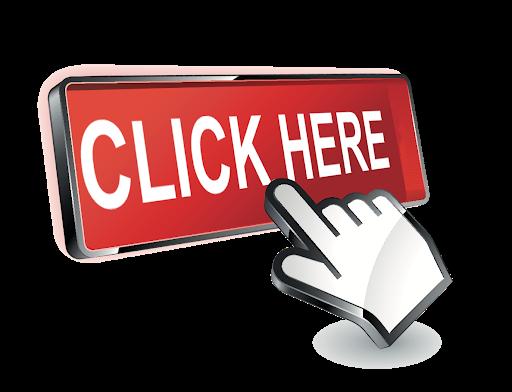
• Please note: If there is no response to
CLICKING the link, please download this PDF first and then click on it.
CLICK HERE TO DOWNLOAD THE COMPLETE MANUAL


